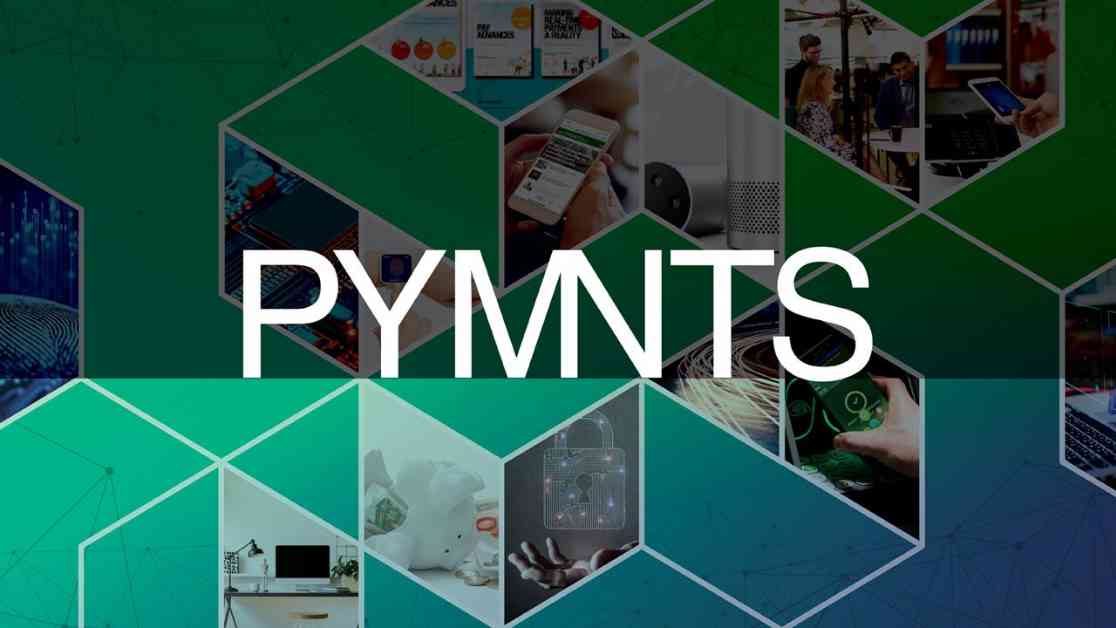Embedded lending is a growing trend in the financial industry that offers a unique opportunity for lenders to expand their reach and simplify the borrowing process for consumers. As more and more businesses and merchants integrate lending options directly into their platforms, consumers are presented with convenient financing solutions right at the point of sale. However, a recent report by PYMNTS Intelligence, commissioned by Visa, suggests that the current state of embedded lending may not be living up to its full potential.
The report, titled “The Embedded Lending Opportunity: Global State of Play,” delves into the challenges and opportunities that lenders face when it comes to adopting embedded lending on a global scale. One key finding from the report is that 43% of consumers are highly likely to switch providers in order to access embedded lending. This indicates a strong demand for more accessible and seamless financing options among consumers.
On the business side, the report reveals that 93% of smaller businesses that have used embedded lending have experienced friction in the process. This suggests that there is room for improvement in the implementation and integration of embedded lending solutions for businesses. Despite these challenges, 22% of lenders are highly interested in offering new embedded lending products for consumers, highlighting the potential for growth and innovation in this space.
The Potential of Embedded Lending
Embedded lending offers a unique opportunity for lenders to reach a wider audience and provide more tailored financing solutions to consumers. By integrating lending options directly into merchant and business platforms, lenders can streamline the borrowing process and offer more convenient access to credit. This not only benefits consumers who are looking for quick and easy financing options, but also allows lenders to expand their customer base and increase their revenue streams.
One of the key advantages of embedded lending is the ability to offer personalized financing solutions based on a consumer’s specific needs and preferences. By leveraging data and analytics, lenders can tailor their lending products to individual consumers, making the borrowing process more efficient and user-friendly. This level of customization can help increase customer satisfaction and loyalty, ultimately driving growth and success for lenders in the competitive financial industry.
Challenges and Opportunities
While embedded lending presents a promising opportunity for lenders, there are also challenges that need to be addressed in order to fully realize its potential. The report by PYMNTS Intelligence highlights the friction that many smaller businesses have experienced with embedded lending, indicating a need for improved integration and support for businesses looking to offer financing options to their customers.
Additionally, the report points out that there is a significant gap between consumer demand for embedded lending and the availability of these services. With 43% of consumers indicating a high likelihood of switching providers to access embedded lending, it is clear that there is a strong demand for more accessible and user-friendly financing options. Lenders that are able to meet this demand and provide seamless embedded lending solutions stand to gain a competitive edge in the market.
Driving Adoption and Innovation
To drive adoption of embedded lending on a global scale, lenders need to focus on improving the user experience and streamlining the borrowing process for consumers. This may involve investing in technology and infrastructure to support embedded lending solutions, as well as partnering with businesses and merchants to offer integrated financing options. By making the borrowing process more transparent, efficient, and user-friendly, lenders can attract more consumers and increase their market share in the growing embedded lending space.
In addition to improving the user experience, lenders can also drive adoption of embedded lending by offering innovative and tailored financing solutions to consumers. This may involve leveraging data and analytics to customize lending products, as well as exploring new technologies such as artificial intelligence and machine learning to streamline the lending process. By staying ahead of the curve and embracing innovation, lenders can differentiate themselves in the market and attract a larger customer base.
In conclusion, embedded lending presents a unique opportunity for lenders to expand their reach, provide more personalized financing solutions, and drive growth in the competitive financial industry. By addressing the challenges and opportunities highlighted in the report by PYMNTS Intelligence, lenders can position themselves for success in the evolving landscape of embedded lending. With a focus on improving the user experience, driving adoption, and fostering innovation, lenders can unlock the full potential of embedded lending and create a more seamless and convenient borrowing experience for consumers worldwide.
